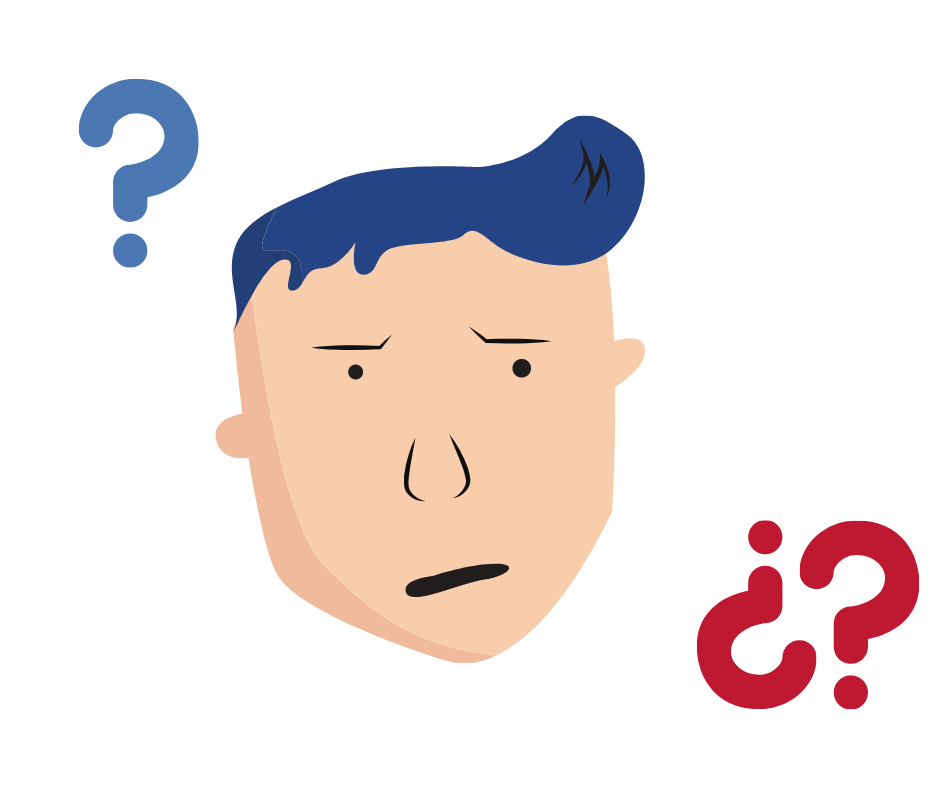The Sunk Cost Fallacy and All That YOU Need to Know About It
I would like to start this article with an example before dwell on the main topic. Let us assume that you purchased a movie ticket for 200/-. Now you enter the movie hall, and half an hour into the movie you find it immensely boring. Will you leave the movie midway or are you more likely to stay till its end?
Well, you guessed it right! It is seen that 93% of the people are more likely to remain for the rest of the movie because they paid for it. This behavior of a consumer is known as the sunk cost theory.
Sunk cost effect is defined as the general behavior of a consumer to continue an endeavor if they have invested time or money into it. A sunk cost is an irretrievable cost. Have you held on to old clothes because they were expensive, or to a long-term relationship even after you felt it got toxic? Well, then you are already into the trap of sunk cost fallacy even without your knowledge.
Some Experiments Performed
Christopher Olivola, an assistant professor of marketing at Carnegie Mellon’s Tepper School of Business performed some experiments to determine the extent to which the sunk cost effect could sway one’s decision.
- In the first experiment, few people were asked to imagine that they were accidentally scheduled to take two trips on the same weekend. One destination was Montreal and the other was Cancun. The Montreal flight valued them $200 while the other $800. But people were more likely to visit Cancun, the pricey trip even if they preferred the cheaper destination.
- The next experiment was performed on a larger group. Participants and volunteers were asked to imagine full after eating a few pieces of a cake. Some were told that the cake had been purchased from a local bakery, while others were told that the cake was expensive and had been purchased from an exotic bakery an hour away. They were then questioned if they would still go on eating the expensive cake even after being full.
The people were far more likely to say they would keep eating the cake irrespective of who bought it; friends, family, or strangers.
Olivola states that it is not so clear why consumers feel compelled to honor others’ investments about as much as they honor theirs.
How Amazon used the Sunk Cost Fallacy to gain market share?
Amazon and Flipkart have been the undisputed battle kings of the online eCommerce industry of India for quite some time now.
But back in 2014, Flipkart had a market share of 40% while amazon had only a 12% market share. But after 2016, amazon’s revenue started reaching new heights. In 2018, both companies had market shares with minimal difference. This massive change can be attributed to the introduction of Amazon Prime Subscription. Now when I say this, our minds leap to the Amazon streaming platform. But this concept is not limited to its videos. It is guided by the entire behavior of a paying consumer. The Amazon Prime Subscription strategy is based on the Sunk Cost Fallacy. And this, my dear fellow readers, is a billion-dollar idea!
Consumers who bought Amazon Prime Subscription were more likely to buy from Amazon compared to Flipkart. It was also noted ha Amazon Prime members purchase 3 times more compared to non-prime members.
When Amazon prime launched itself in India standup comedy was getting huge appreciation in metropolitan cities. So amazon tied up with stand-up comedians and brought forth Comedy Nights Specials at 499/-. Now people were more likely to purchase a Prime subscription for an entire month instead of spending 399/- per comedy event. The grace with which Amazon brought its customers into the Amazon ecosystem is remarkable.




When Amazon prime launched itself in India standup comedy was getting huge appreciation in metropolitan cities. So amazon tied up with stand-up comedians and brought forth Comedy Nights Specials at 499/-. Now people were more likely to purchase a Prime subscription for an entire month instead of spending 399/- per comedy event. The grace with which Amazon brought its customers into the Amazon ecosystem is remarkable.
Some real-life Sunk Cost Examples
More often than not sunk cost is considered as a negative effect on our daily life. However, gaining a better understanding of it might help us in making wise decisions.
- Suppose you bought an annual membership to a gym. You go here and start working out. After a few days, you find that you hate gym and working out. But you feel compelled to go because you paid in advance for an entire year.
You need to understand that the moment you hated the gym, your investment fell into the sunk cost fallacy. You don’ have to do something just because you paid for it. Your annual membership amount isn’t coming back; so accept that, stop doing something you hate and move on!



2. How many times have you been to a restaurant and felt compelled to finish your plate even after you felt full? Before you give yourself a vomiting fit or a ruined meal; understand the sunk cost effect. You’ve already paid for the food and drinks before you no matter how much you eat. There is nothing you can do now except ensure that you don’t stuff yourself up and end up sick. So enjoy it to your fullest, and then stop eating! It’s as simple as that.
3. Sometimes, there are emotional attachments to sunk costs. Suppose you go into a top MBA school, and 3 years later out find yourself in a decent job. But you are unhappy with it. Now you will think about all the time, energy, and costs that you invested to get the job and would far leaving it. Unfortunately, these are also termed sunk costs. So if your



2. How many times have you been to a restaurant and felt compelled to finish your plate even after you felt full? Before you give yourself a vomiting fit or a ruined meal; understand the sunk cost effect. You’ve already paid for the food and drinks before you no matter how much you eat. There is nothing you can do now except ensure that you don’t stuff yourself up and end up sick.
So enjoy it to your fullest, and then stop eating! It’s as simple as that.
3. Sometimes, there are emotional attachments to sunk costs. Suppose you go into a top MBA school, and 3 years later out find yourself in a decent job. But you are unhappy with it. Now you will think about all the time, energy, and costs that you invested to get the job and would far leaving it. Unfortunately, these are also termed sunk costs. So if your end goal is your happiness, I would suggest you quit your job and invest your energies in doing something that will truly make you happy.
A Sunk Cost Dilemma
A sunk cost dilemma is one where you face a dilemma in proceeding with a project now that you have already made your investment. You feel compelled to proceed, even though you might suffer losses. In such cases, a wise decision is what is ned. Though sometimes it is right to part ways from the already invested-in project, it is also possible that sticking true to it might reap you benefits.

